Building of the Day: 209 Clermont Avenue
Brooklyn, one building at a time. Name: Originally Eighth or Simpson Methodist Episcopal Church, then Fort Greene Jewish Center, now French Speaking Baptist Church (Eglise Baptiste D’Expression Française) Address: 209 Clermont Avenue Cross Streets: Corner Willoughby Street Neighborhood: Fort Greene Year Built: 1869-1870 Architectural Style: Romanesque Revival Architect: Mundell & Teckritz Other Buildings by Architect:…


Brooklyn, one building at a time.
Name: Originally Eighth or Simpson Methodist Episcopal Church, then Fort Greene Jewish Center, now French Speaking Baptist Church (Eglise Baptiste D’Expression Française)
Address: 209 Clermont Avenue
Cross Streets: Corner Willoughby Street
Neighborhood: Fort Greene
Year Built: 1869-1870
Architectural Style: Romanesque Revival
Architect: Mundell & Teckritz
Other Buildings by Architect: Poppenhusen Institute, College Pt. Queens. Mundell – Long Island Safe Deposit Co. in Fulton Landing. Williamsburg, Clermont and Park Slope Armories, row houses and other buildings in Brooklyn.
Landmarked: Yes, part of Fort Greene HD (1978)
The story: This church is one of Fort Greene’s most important and impressive churches. The structure is Brooklyn to the core, and represents a proud history of religious diversity in our city, as well as some fine architecture by two local architects.
The Eighth Methodist Episcopal Church was founded in 1851. The congregants were well-to-do businessmen and merchants who had begun to move into this newly fashionable neighborhood, as Brooklyn spread out from the confines of the Heights and Downtown area. Improved transportation and newly built homes brought them out here. Important institutions like churches were soon to follow.
Their first building was the Carlton Avenue M. E. Church, which they built the same year they organized. Eighteen years later, the church needed to expand, so they looked around locally for a place for a new church. This generous corner lot was perfect, and in 1869, the cornerstone for the new church was laid.
The architects were Mundell and Teckritz. William Mundell had been Teckritz’s student between 1858 and 1865. In 1866, Mundell went out on his own, but came back a year later to partner up with his former mentor. That partnership would last six years. Together, the firm designed several important civic buildings, most notably the Poppenhusen Institute in College Point, Queens, the topic of one of my Queenswalk pieces for Brownstoner Queens.
Mundell was quite prolific, and designed a great number of this city’s most important buildings civic and private buildings. He designed three armories – the original Clermont Armory, long gone underneath modern re-designs, as well as the Park Slope and Williamsburg Armories, which are still with us. He also designed the cast-iron fronted Long Island Safe Deposit Building on Fulton Landing, the Howard Colored Orphanage, no longer standing, and the famous Pouch mansion on Clinton Ave, which stood in part of the footprint of today’s Clinton Hill Coops.
Mundell and Teckritz’s church is a classic of the early Romanesque Revival style, highly influenced by Germany’s Rundbogenstil, or round-arch architecture. The running lines of blind arches that run along under the roofline are a characteristic of the style. The church is a wonderful example of the quality brickwork produced by Brooklyn’s masons. In every way, this is a fine example of great church design, with great curb appeal and majesty.
The 8th M.E. Church changed their name to the Simpson Methodist Episcopal church in honor of Matthew Simpson, a bishop in the M.E. church, and a prominent Brooklyn statesman during the Civil War. In 1933, the Simpson church merged with nearby Clinton Avenue Congregational Church, forming the Cadman Memorial Community Church. The building was sold to the Fort Greene Jewish Center, which occupied the building until 1965. They, in turn sold the building to the French Speaking Baptist Church, who have had it ever since. For the past 45 years, they have drawn into the community congregants from the French speaking Caribbean and Africa.
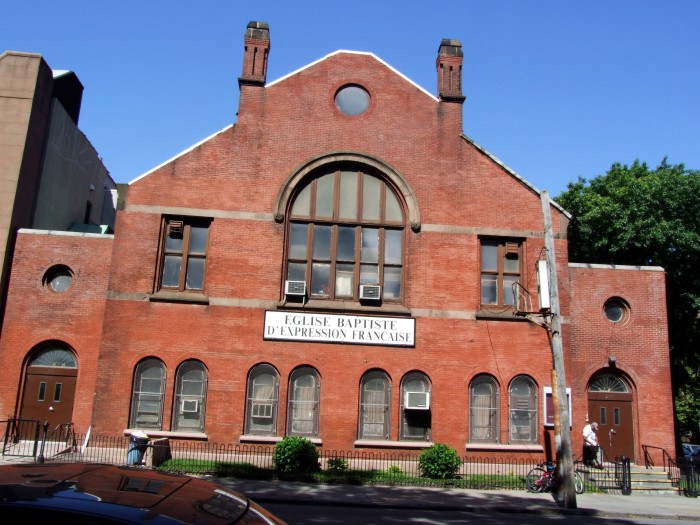





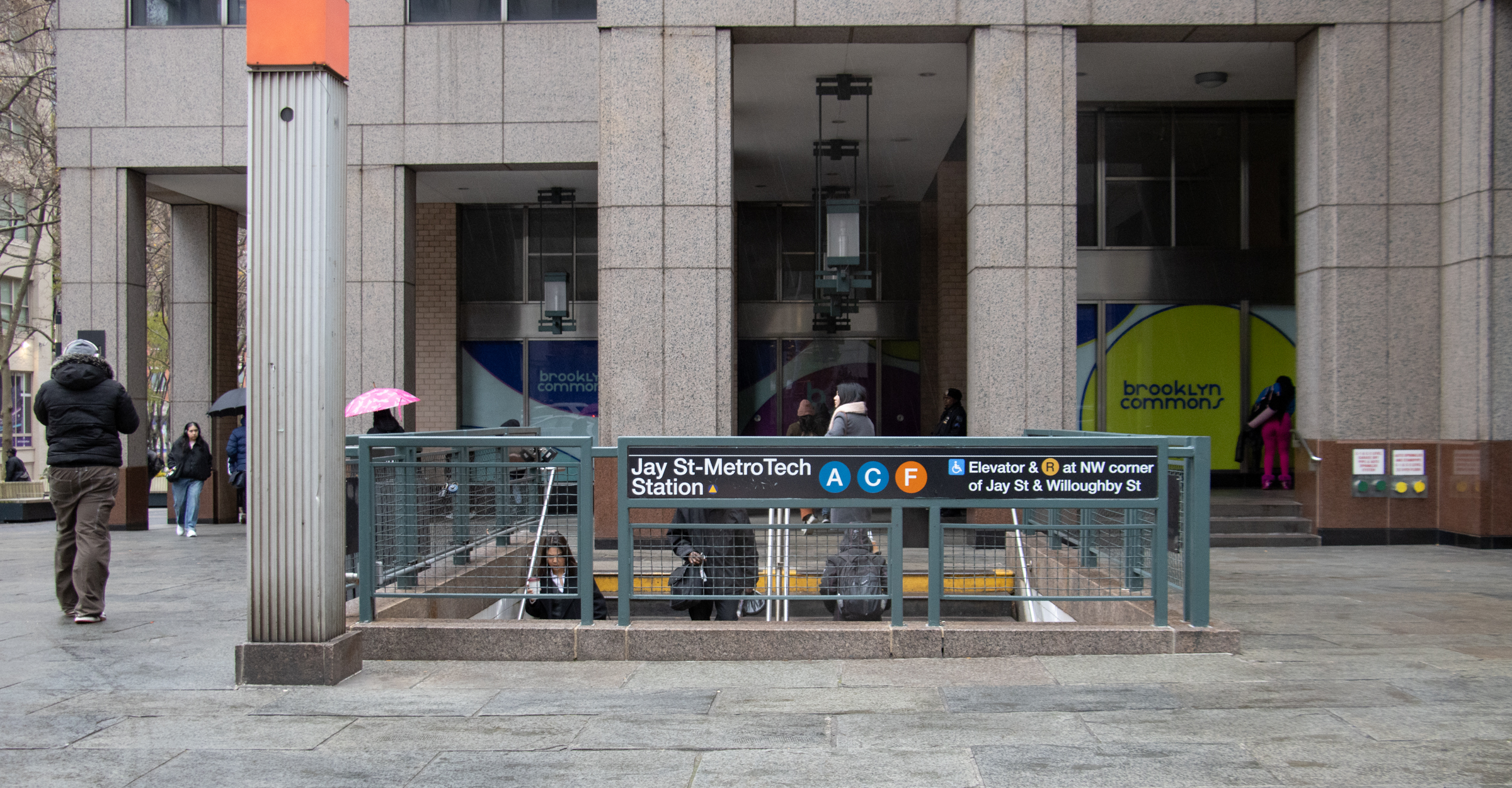
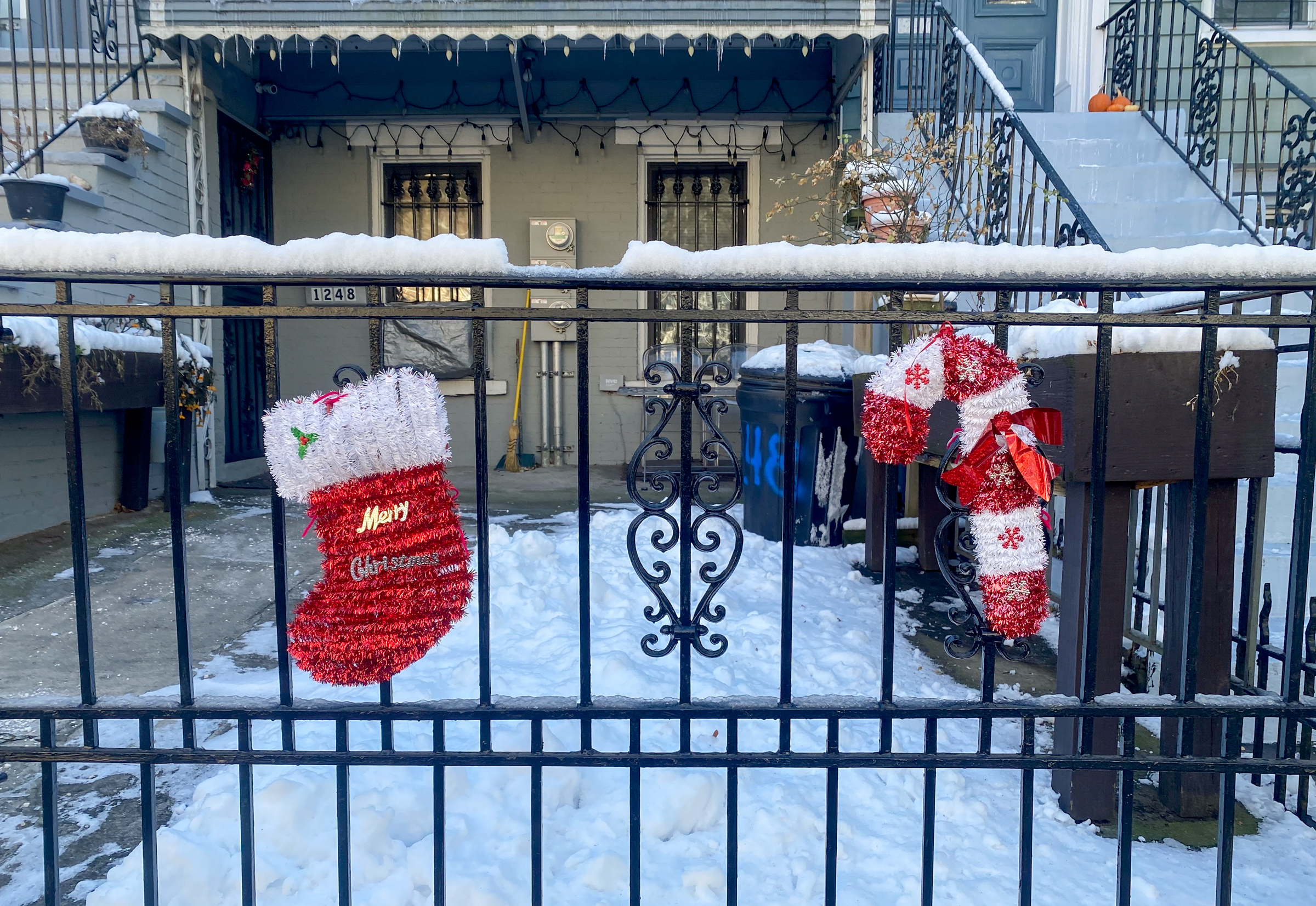
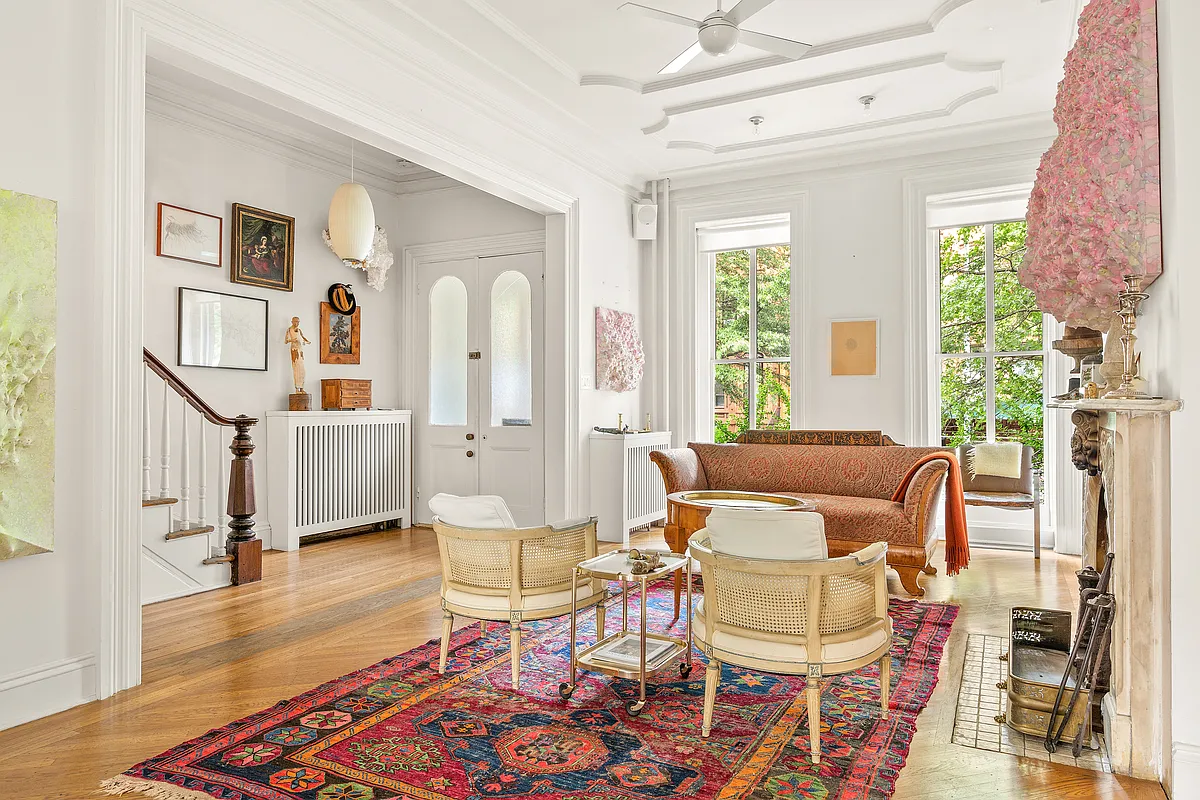
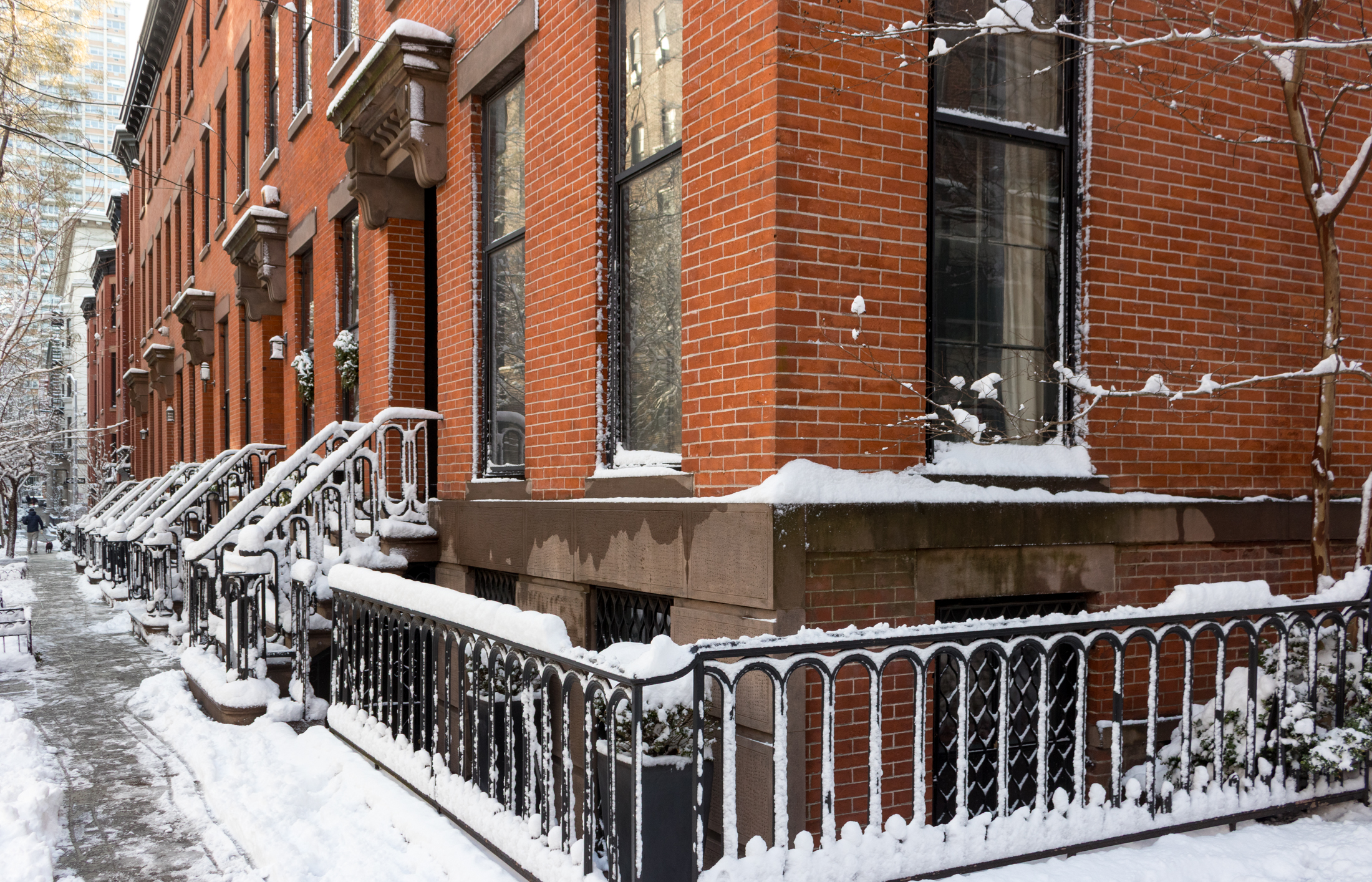
This church is great to have in the neighborhood. The congregations dresses to the NINES for service. Full suits, classy dresses, big hats. Fun.